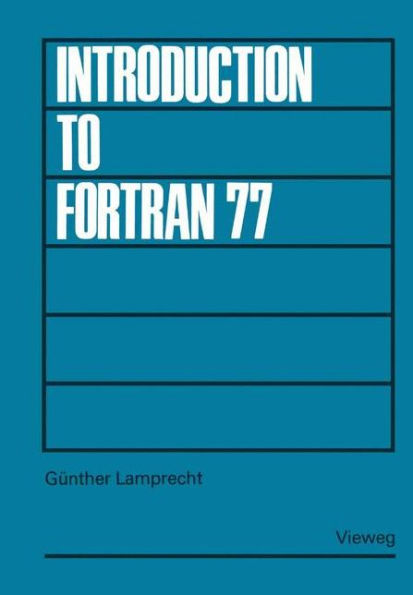Fortran is one of the most common programming languages in the field of science and Fortran compilers are available for almost all computers and are being increasingly used by personal computers. The initial standard version of Fortran IV has been extended enormously due to the large range of computers available and the numerous requirements demanded of them. As a result of this there are at present a vast number of Fortran "language dialects" which impairs the exchange of programs. Fortran 77 is a new language standard which includes many of the previous extensions. Furthermore, Fortran 77 subset has been developed which takes into consideration the limited possibilities of small computers. This book is intended, by means of examples, to introduce the reader to the programming language Fortran 77, whereby the liminations of Fortran 77 subset will be taken into consideration. The examples and exercises have been chosen so that the solutions can be arrived at with a minimum of specialized knowledge. The reader will thus, with the ex- ception of a few statements, be able to become acquainted with all possibilities of Fortran 77. I would like to take this opportunity to thank G. Parker for his translation of this book from German into English, Dr. S. Bartnitzke for critical reading of the manuscript and Mrs. U. Kleinschmidt for typing the text.



